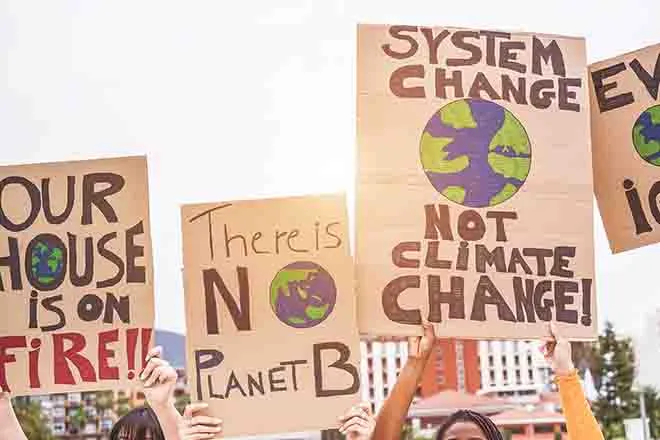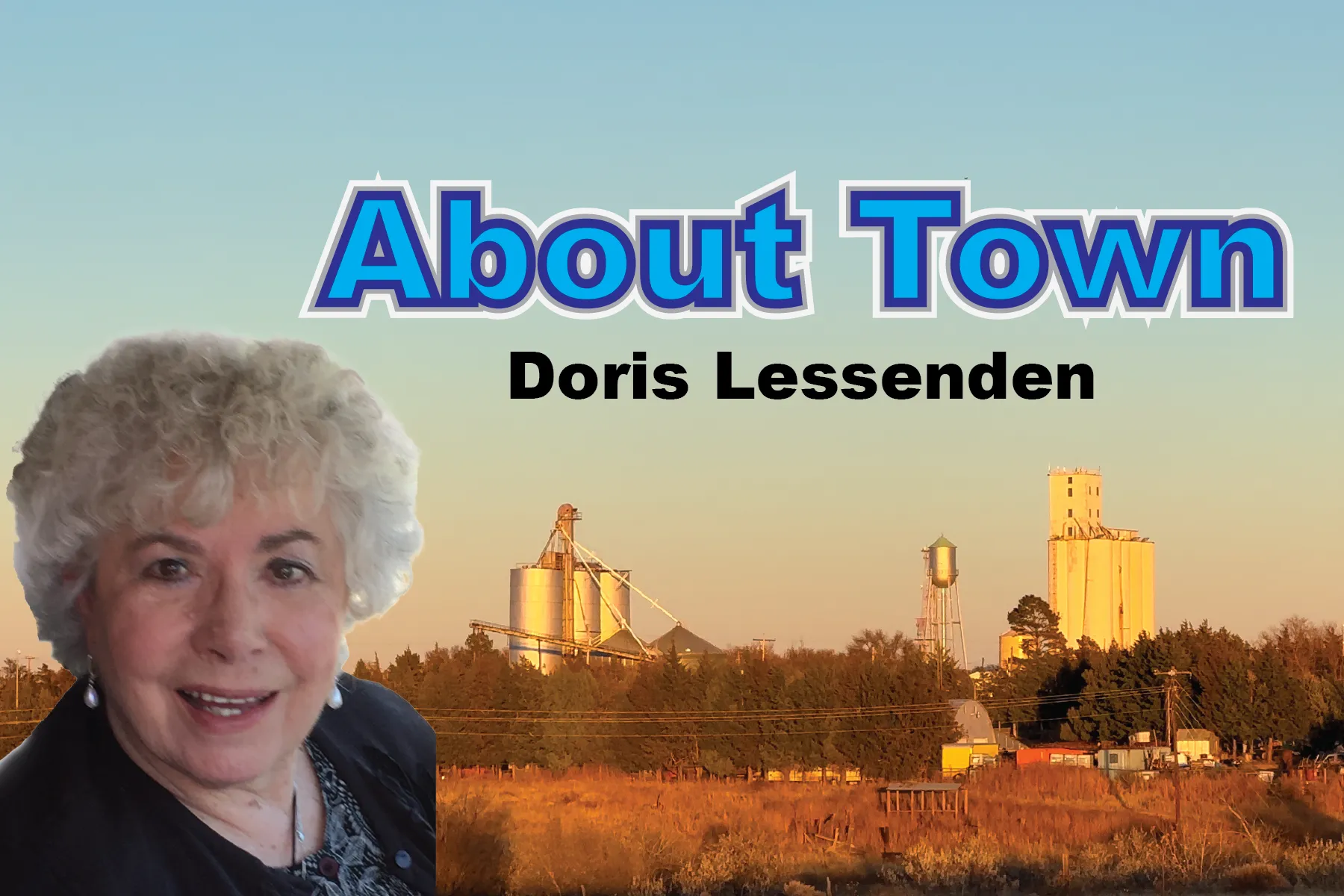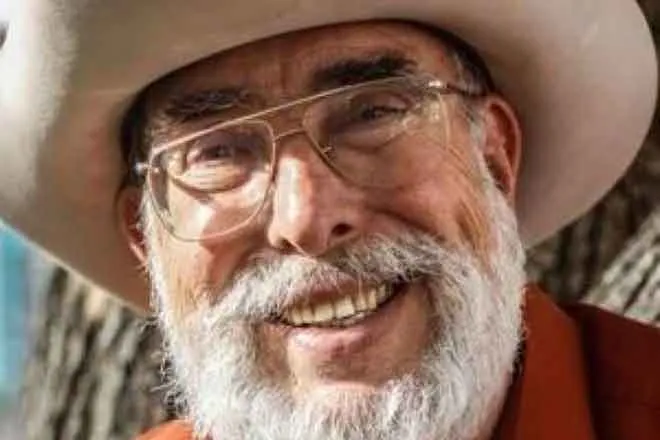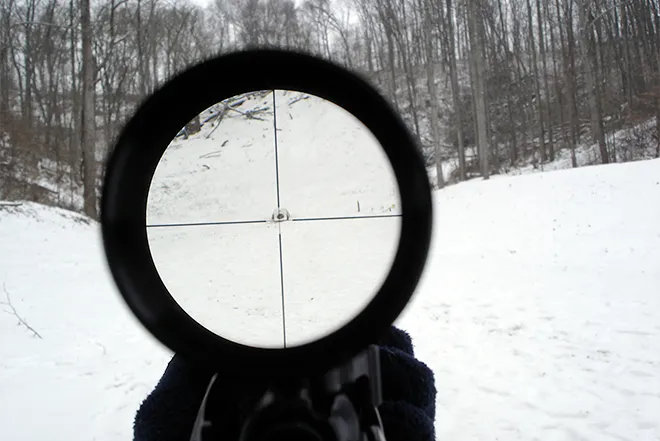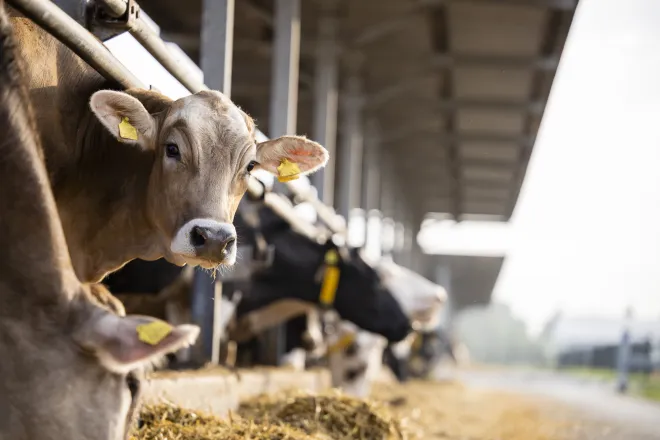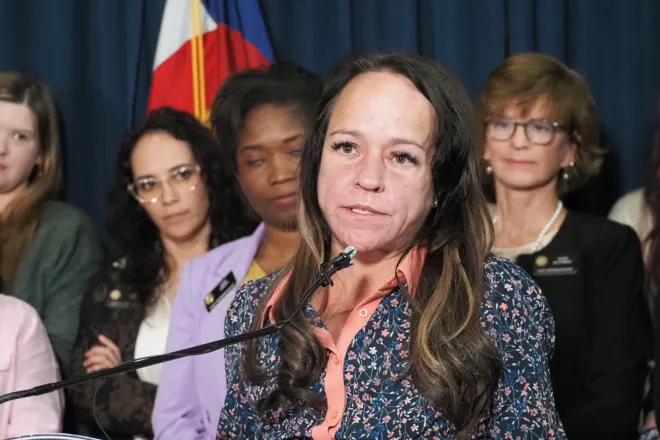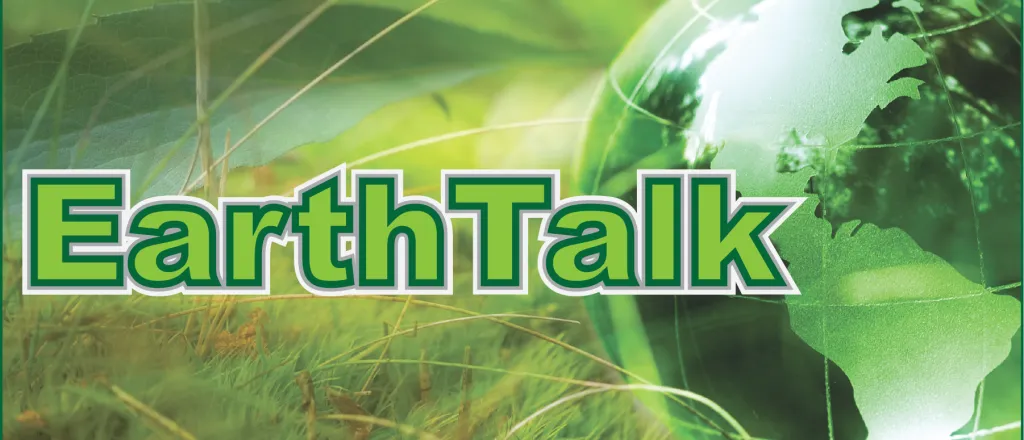
EarthTalk - What is ‘rewilding’ all about?
©
Dear EarthTalk:
What is “rewilding” all about and has it been successful in restoring degraded ecosystems or is it just pie in the sky?
John Germans, New York, NY
Rewilding is an effort to bring back nature by letting ecosystems fix themselves, mostly by putting native animals and plants back where they belong and cutting back on human interference. It’s become more talked about lately, both among scientists and in the news. But people often ask: is it really working, or just a nice dream that won’t come true?
What rewilding looks like in real life is pretty simple but not always easy. Sometimes it means taking down fences so animals can roam free again. Other times it means actively putting big predators or important species back that had been wiped out. People also let natural things like wildfires or floods happen again, things we usually try to stop. Plus, they plant native trees and get rid of invasive plants. One well-known case is when wolves were brought back to Yellowstone. That helped control elk numbers, which let plants grow back and even changed river flows.
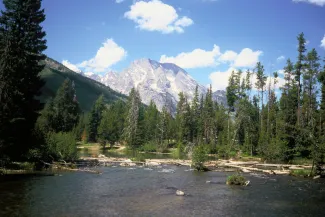
Over in Europe, they’re trying this with bison and beavers to bring habitats back to life. In Scotland, rewilding helps store carbon by restoring native woodlands, and it’s brought more wildlife, which means more biodiversity. So, it can work, but it’s not a quick or easy fix.
There are issues. Farmers and ranchers often don’t like it because predators can kill livestock. Plus, with climate change and humans spreading out more, some folks say we can’t really get ecosystems back to what they were before. Some believe rewilding is just a feel-good idea without much impact. Plus, money, laws and politics can make it hard to get projects going. Even so, rewilding could help fight climate change by storing carbon and helping nature bounce back. It might slow species loss too. More and more people—scientists, groups and governments—are supporting it.
When done right, rewilding can help heal damaged places and let plants and animals thrive again. If you want to learn more or help out, many groups offer guides and volunteer chances. The Rewilding Institute and Rewilding Europe have info on how communities can get involved. Whether it’s through planting native species, spreading the word, or joining restoration efforts, anyone can help.
So, rewilding isn’t just a pipe dream, it’s a growing conservation strategy that might really make a difference. By supporting these efforts, whether through local projects or simply raising awareness, we can all play a part in helping restore the balance of nature. Every small action counts toward building a healthier planet for future generations.
CONTACTS
- Rewilding the Popular Imagination, https://lex.landscaperesearch.org/content/rewilding-the-popular-imagination/
- Southern Rockies Wildlands Network, https://rewilding.org/wp-content/uploads/2021/09/S.-Rockies-WND.pdf
- Restoration: Is it gone forever, or can we get it back? https://www.skyislandalliance.org/wp-content/uploads/2014/11/05_sum_restoration.pdf
- Rewilding Explained: Benefits, Challenges, and Examples, https://greenerinsights.com/rewilding-explained-benefits-challenges-and-examples/
- Six global success stories on how rewilding key species can rebalance ecosystems, https://www.oneearth.org/six-successful-rewilding-stories-from-around-the-world/.
EarthTalk® is produced by Roddy Scheer & Doug Moss for the 501(c)3 nonprofit EarthTalk. See more athttps://emagazine.com. To donate, visit https://earthtalk.org. Send questions to: question@earthtalk.org.



